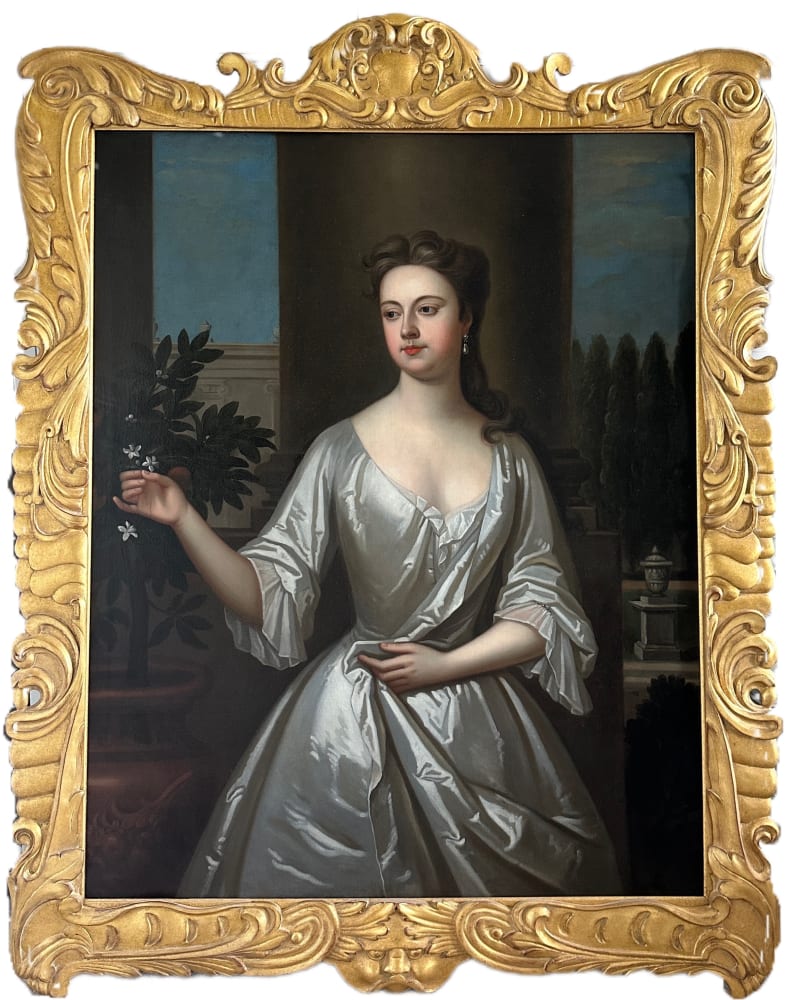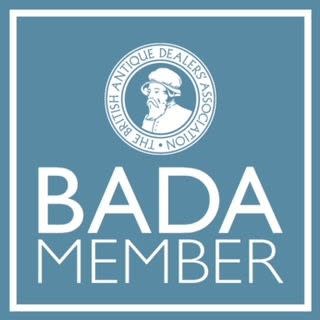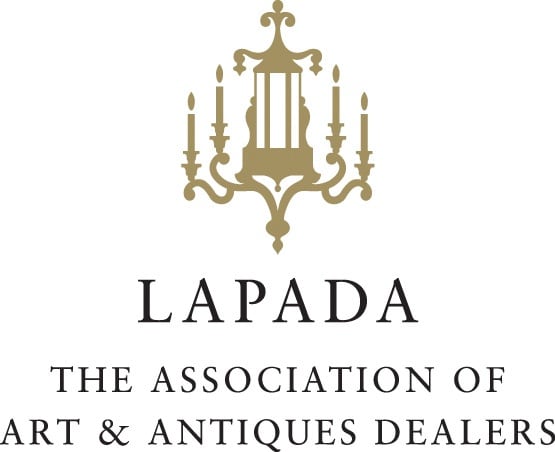Attributed to Maria Verelst (1680-1744)
Provenance
Private collection, Virginia USA.Portrait of Henrietta Paulet, Duchess of Bolton, née Crofts, (c. 1682–1730), three-quarter length, standing on a colonnaded terrace wearing an ivory silk gown and holding a sprig of orange blossom, an Italianate country house and garden in the background.
Oil on canvas, inscribed "Duchess of Bolton 1720" to the verso, housed in a magnificent English period 'Sunderland' frame.
Canvas: 125 x 102cm (49 1/2 x 40 in.)
Henrietta was the eldest daughter of James Scott, 1st Duke of Monmouth (who was the illegitimate son of King Charles II), and Eleanor Needham. Henrietta took the surname of “Crofts” that had been assumed by her father when he was in the care of the Crofts baronets. Her mother’s sister, Jane Myddelton, was one of the celebrated Windsor Beauties. Henrietta became the third wife of Charles Paulet, 2nd Duke of Bolton in Dublin in about 1697, some years after the death of his second wife, Frances.
From 1714 to 1717, the duchess was a Lady of the Bedchamber to the Princess of Wales, Caroline of Ansbach.She was one of the aristocratic female signatories to Thomas Coram’s petition to establish the Foundling Hospital in London, which was presented to King George II in 1735. She signed the petition on 25 April 1729, and Gillian Wagner suggests that the Bolton family members may have signed as a result of their ‘personal experience of illegitimacy in the(ir) family’.
Charles and Henrietta had one son, Lord Nassau Powlett who became the third Duke of Bolton.
Maria Verelst (1680-1744) was born in Vienna, moving to London aged three with her father, the artist Herman Verelst (1641-1690) where she became his pupil. She started painting portraits professionally at age fourteen and went on to work alongside other well-known artists including Charles Jervas, William Aikman and John Thornhill. Her portraits were in the similar fashionable 18th style as Godfrey Kneller and Michael Dahl and much of her work remains misattributed to these and other male artists from the period.
There are particular stylistic techniques that Maria liked to use, such as more pronounced and brighter highlights in clothes and drapery and the care she took in placing her sitters within an interesting architectural or garden setting.
Maria was well educated and spoke a number of different languages which no doubt helped her secure patronage. According to an anecdote published in 1730 Maria was once at Drury Lane theatre when she heard some gentlemen nearby praising her in German, she then turned to them and began conversing in the same language before the gentleman switched to Latin, Maria proceeded in Latin and the gentlemen were so impressed that they commissioned their portraits, and through their connections Maria supposedly built up her list of clientele.






